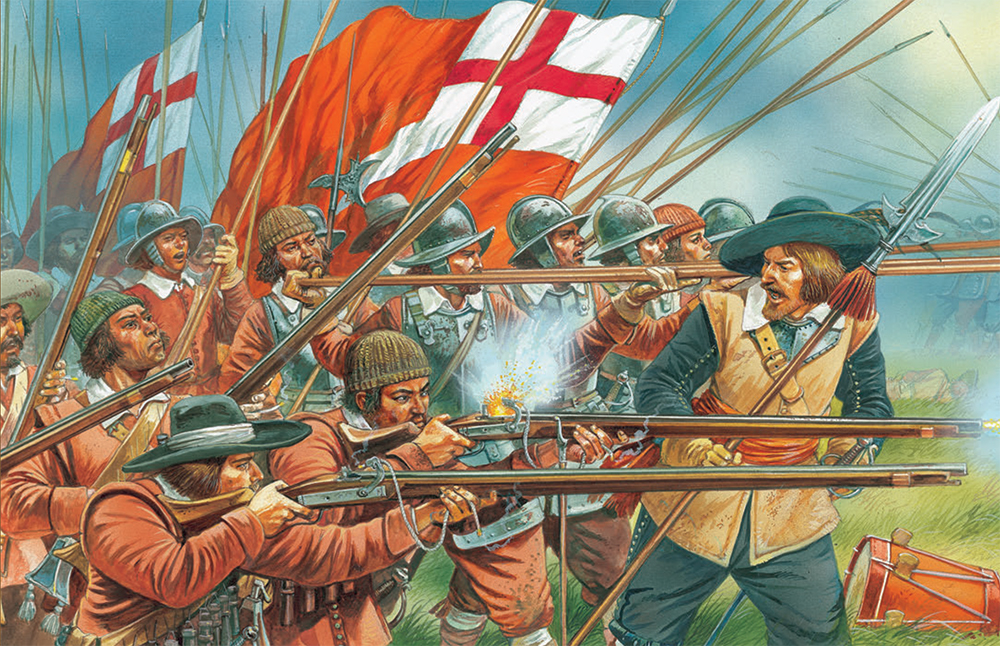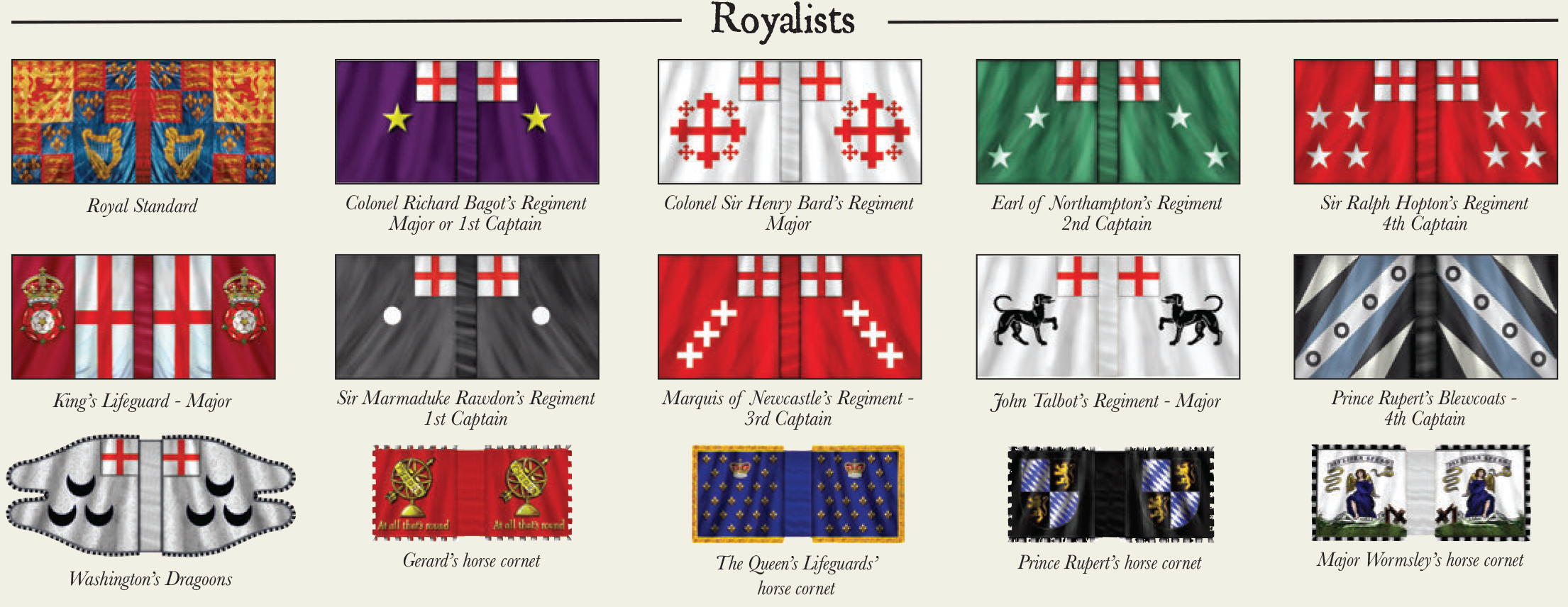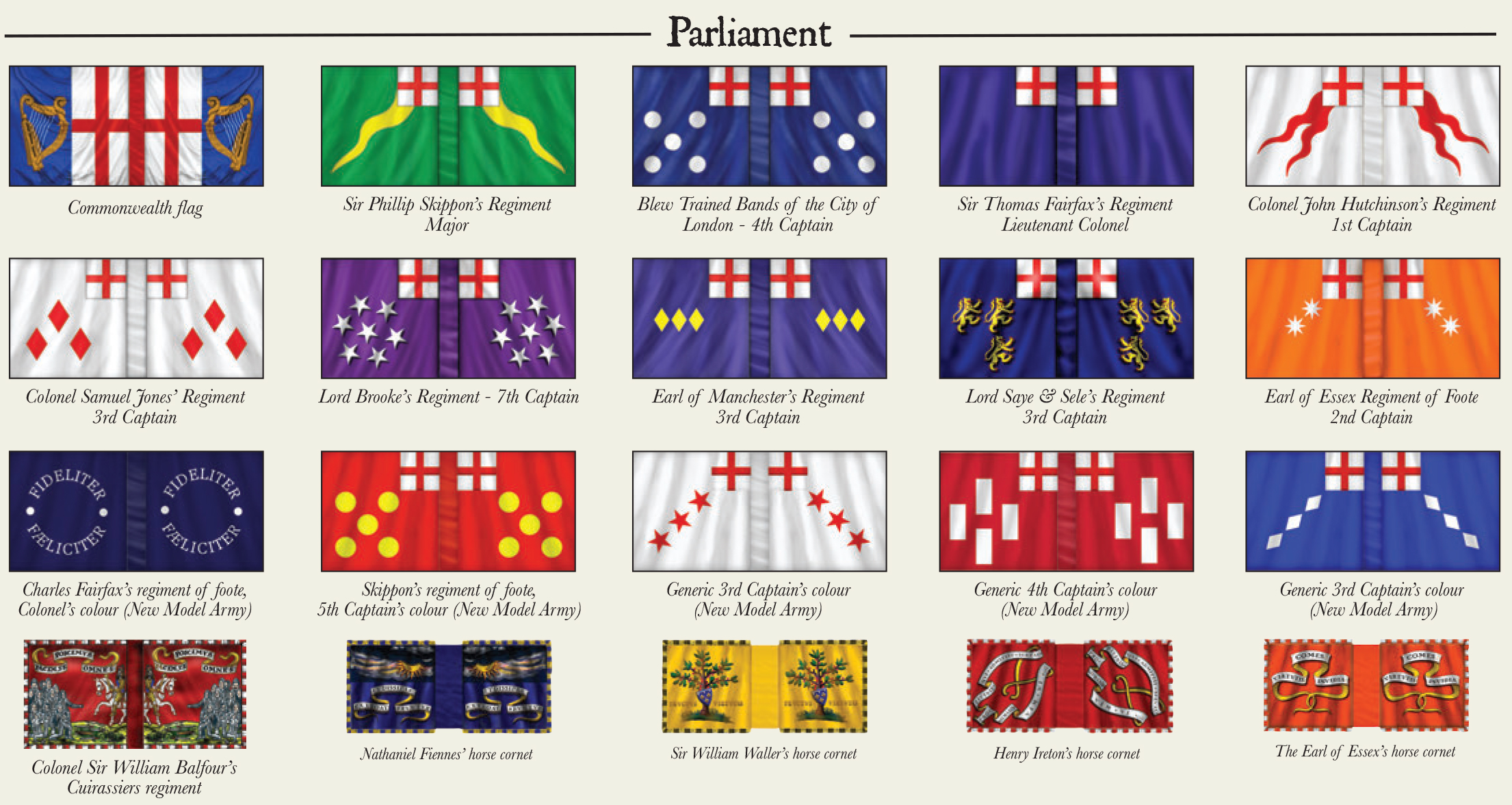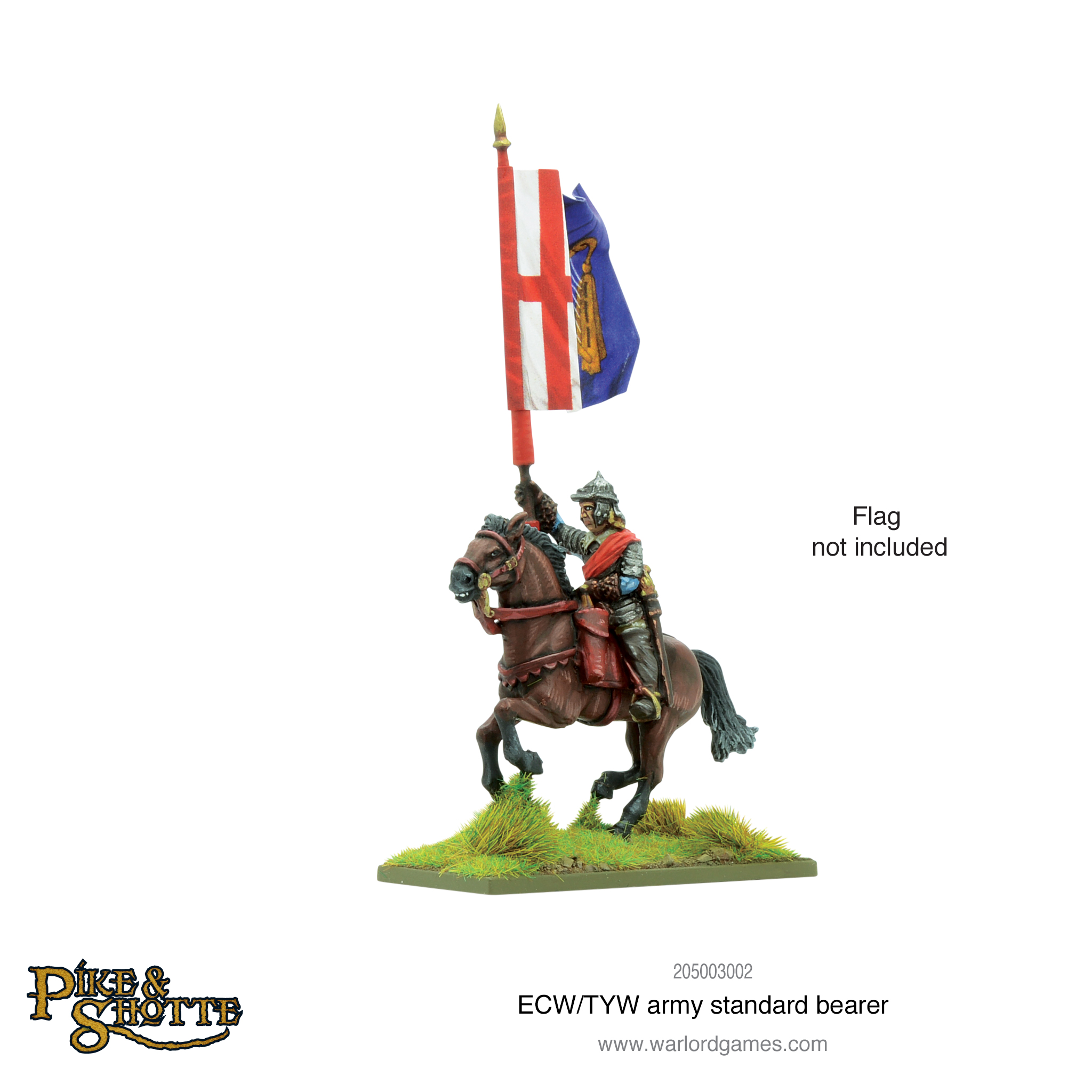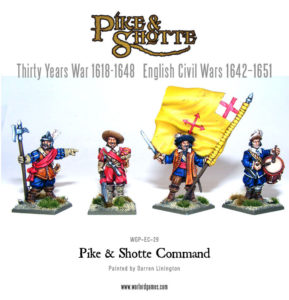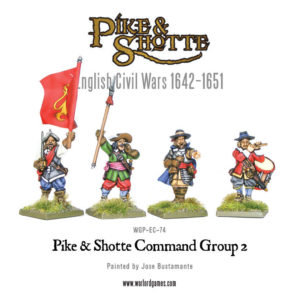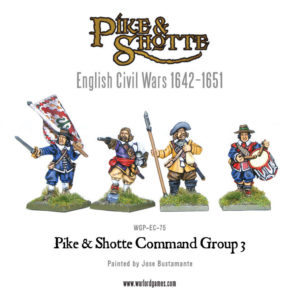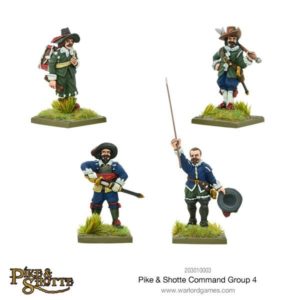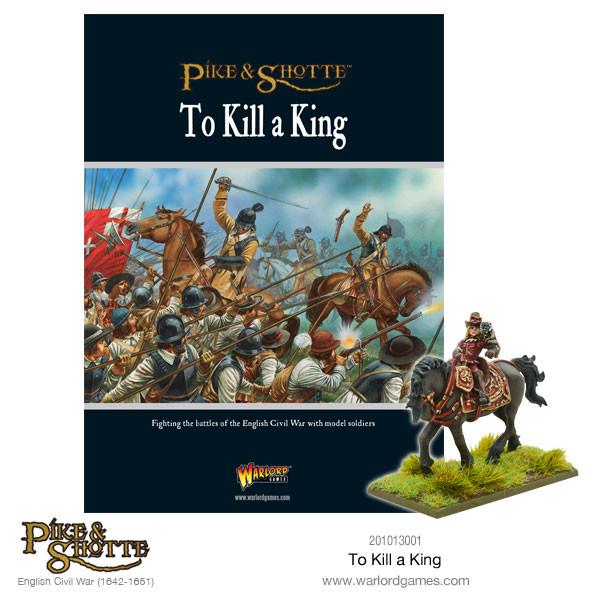We’re taking a look at the use of standards and flags to denote a regiment’s colours during the English Civil War in the era of Pike & Shotte.
Military flags of the Civil Wars were essentially of three kinds. Ensigns were large square banners made of silk or taffeta, roughly 6′ across. These were carried by the foot regiments. Cavalry carried smaller square banners, called cornets about 2′ across. These would mostly be fringed and in addition to being carried by cavalry units were borne by some individual senior officers and possibly by some dragoon units. Dragoon units more commonly carried swallow-tailed flags also called cornets (or sometimes guidons).
These flags would be carried by the most junior commissioned officers in any particular unit. Their rank took the same name as the flag they carried. Thus in the infantry, the flag was carried by an Ensign, whilst in the cavalry and dragoons, the flag would be borne by a Cornet.
Bearing the Colours
It would be the standard, rather than the uniform of a regiment, that denoted the regiment’s colour. This is because uniform colours were at the discretion of the Colonel that raised the regiment, and those colours chosen for the uniform would, in fact, have been dictated more by the availability of dyes rather than a need to create uniformity within the ranks. It was fairly common to see two armies clothed in red facing one another.
An exception might be made of the Scottish Covenanters. They generally wore ‘hodden grey’ coats as a centrally raised standing army, though even then it was not a universal trend.
Colours of the Flags
Ordinarily, the Colonel’s company colour was plain, literally a flag of one colour without devices. The cross of St.George would appear as a canton (a box in the corner) in all the other colours of English regiments. The Lt.Colonel’s colour would display the St.George cross only, while the Major’s colour was the same with the addition of a ‘stream blazant’ (wavy line) from the lower corner of the canton.
The various Captains’ colours contained additional devices, generally at the Colonel’s discretion. Usually, the 1st Captain had one device, the 2nd Captain had two, etc. Devices commonly used include stars, discs, diamonds, and heraldic beasts.
There were alternative systems used amongst the regiments, such as dividing the colours geometrically (such as Prince Rupert’s) or omitting the stream blazant for the Major meaning his colour would be distinguished by one device instead of that of the 1st Captain.
Scottish regiment standards were often based on the saltire of St Andrew in various colours, with the companies denoted by symbols or numerals in the centre. Colonel’s colours, in contrast to their plain English counterparts, usually carried a heraldic device.
Standards in Pike & Shotte
The recently released Army Standard Bearer is a fantastic addition to the high command of a Pike & Shotte Army. There is no flag included, so you can apply any that you like. Hoist your General’s colours high!
He’s also suitable for regiments of the Thirty Years War.
Your regiments of foot will also need command sections These command sets each contains an Ensign, along with two other officers and a musician.
To Kill A King
This supplement for Pike & Shotte describes the history, armies, personalities and battles of the English Civil War. Included are detailed scenarios based on some of the most famous battles, complete with maps and orders of battle/army lists for the main protagonists.


